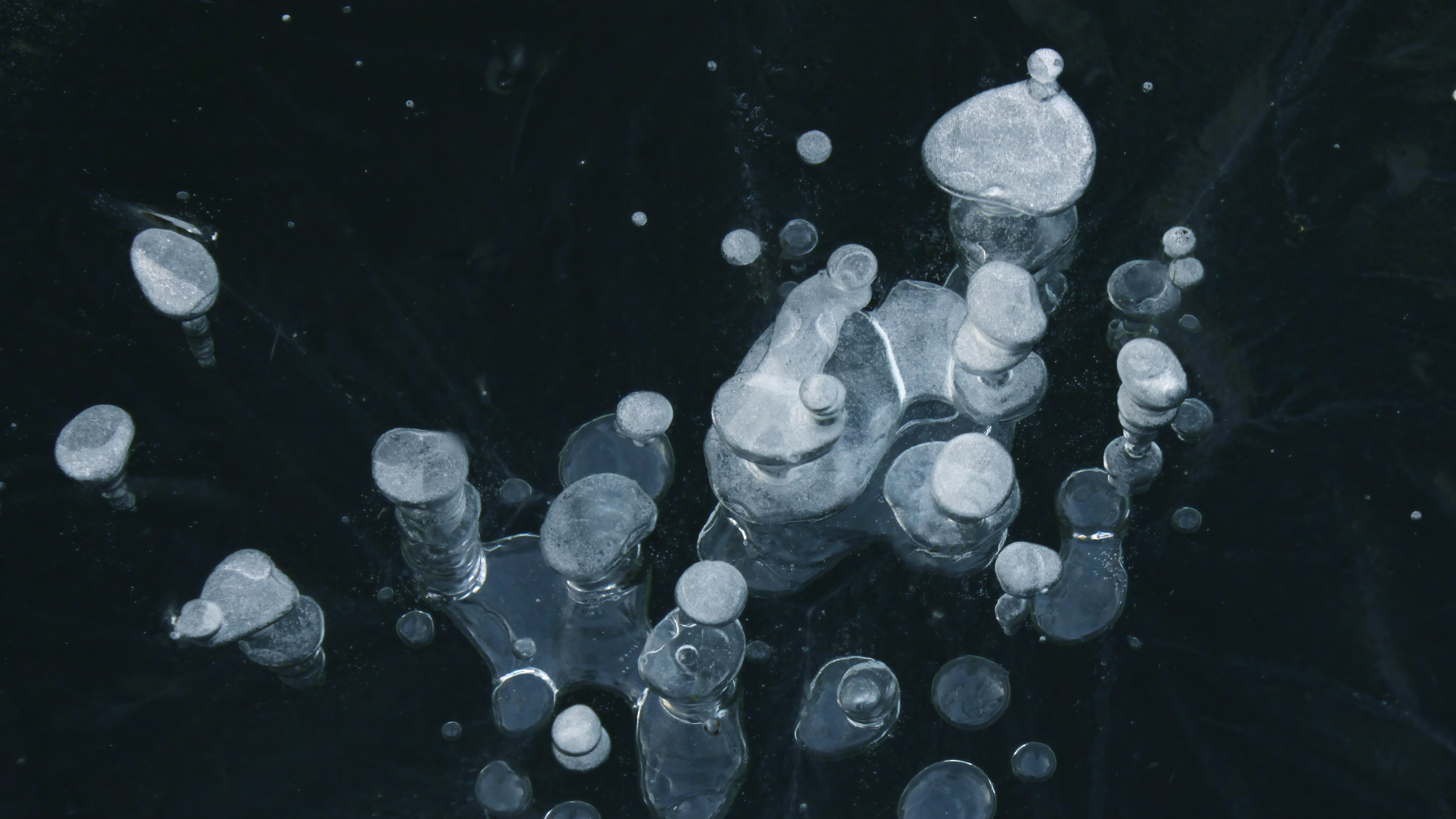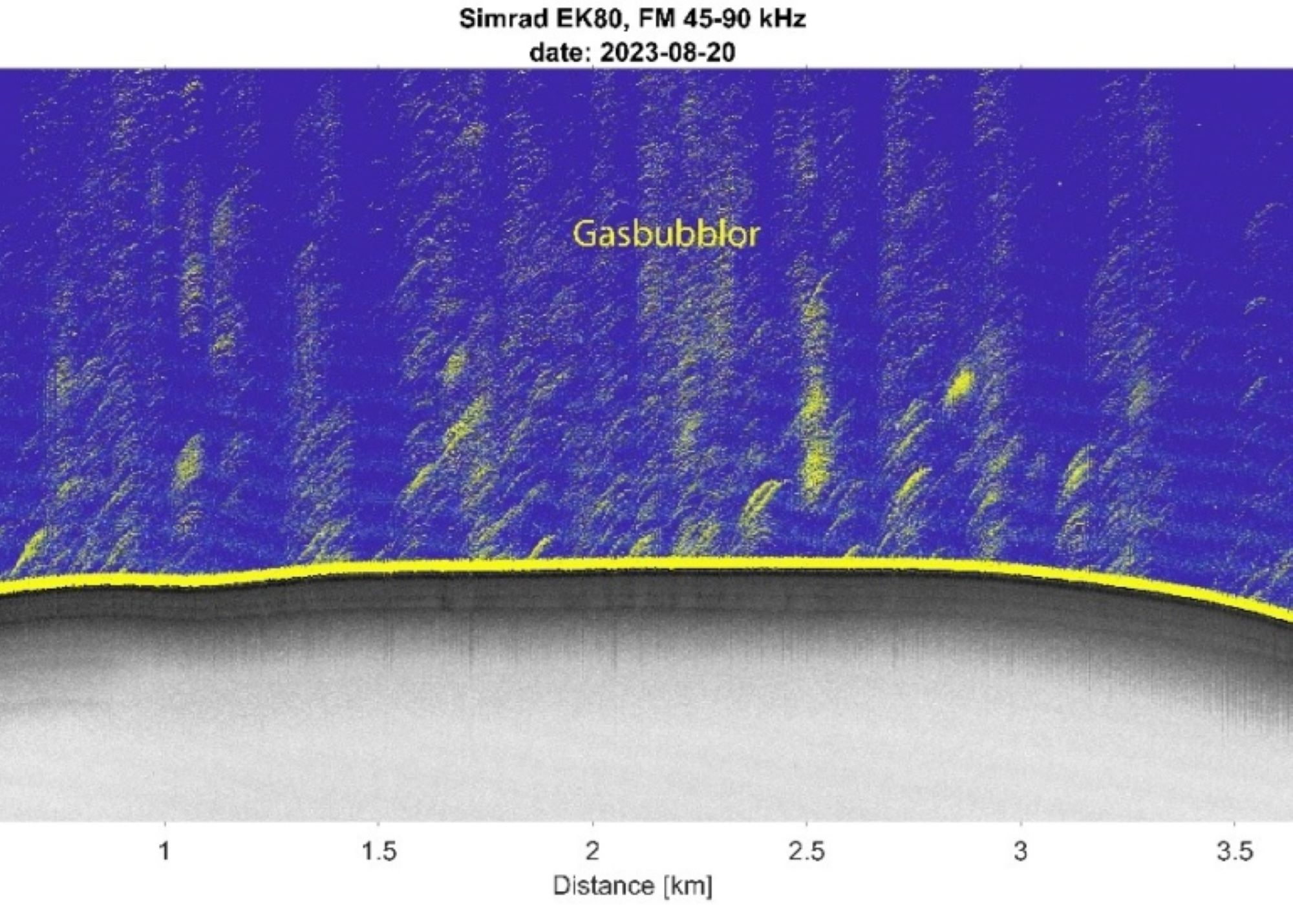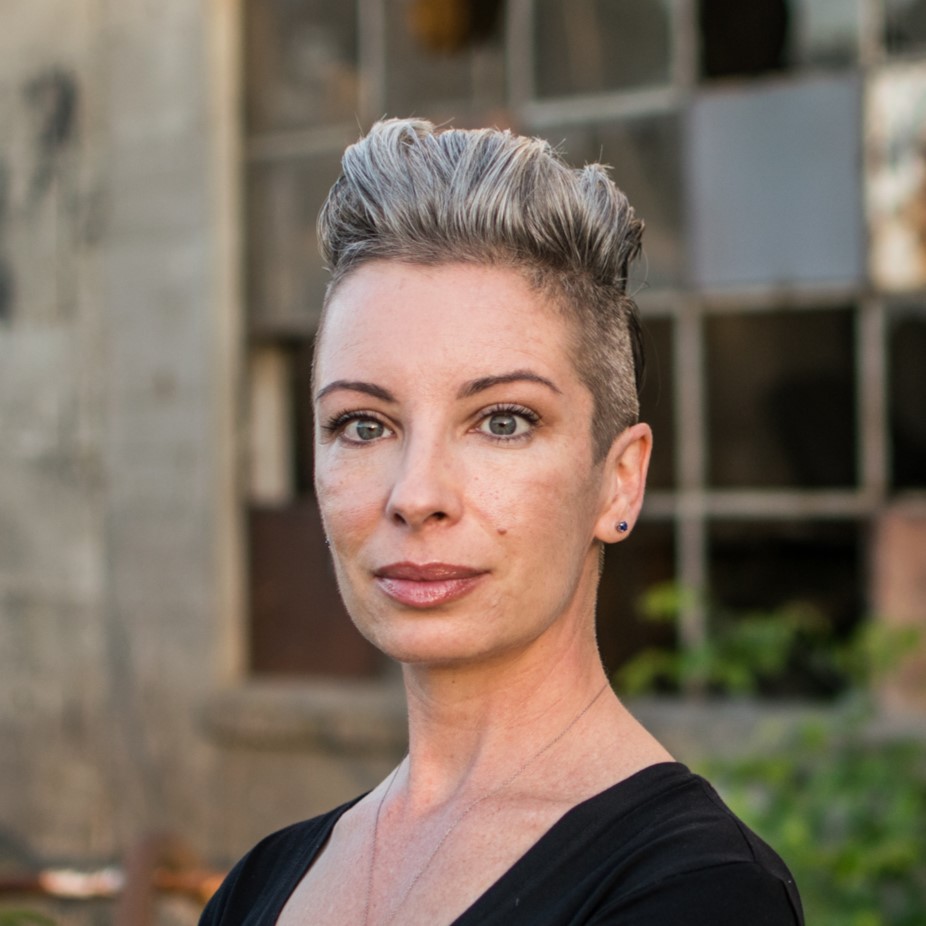Strange methane leak discovered at the deepest point of the Baltic Sea baffling scientists
A huge methane leak discovered in the Baltic Sea spans 7.7 square miles, with masses of gas bubbles rising almost all the way to the ocean surface.

A vast methane leak has been discovered at the deepest point in the Baltic Sea, and masses of bubbles of the greenhouse gas are rising far higher into the water column than scientists had expected.
Researchers found the enormous leak 1,300 feet (400 meters) beneath the water's surface during an expedition to the Landsort Deep — the Baltic's deepest spot — in August. The area leaking methane is roughly 7.7 square miles (20 square kilometers), equivalent to about 4,000 soccer fields.
"It's bubbling everywhere, basically, in these 20 square kilometers," Marcelo Ketzer, professor of environmental science at Linnaeus University in Sweden and project leader, told Live Science.
In shallower, coastal seabeds, methane bubbles up from decaying organic matter, while in deeper water, it tends to disperse via diffusion — meaning no bubbles are needed — and most of the diffuse methane remains in the deepest water. But the new leak doesn't follow this pattern.
"By discovering this [leak], we realized that there's a totally different mechanism supplying methane to the bottom of the Baltic," Ketzer said.
Related: We could be 16 years into a methane-fueled 'termination' event significant enough to end an ice age
The team was also stunned to observe how far the methane bubbles rose in the water column toward the sea surface. Methane usually dissolves in water, so as bubbles rise, they decrease in size until there's nothing left.
Sign up for the Live Science daily newsletter now
Get the world’s most fascinating discoveries delivered straight to your inbox.
Ketzer the maximum height they would expect methane bubbles to reach was around 165 feet (50 meters) from the ocean floor. Yet at the Landsort Deep, the team observed methane bubbles reaching 1,250 feet (380 m) into the water column — just 65 feet (20 m) from the surface.
"So that's completely new," Ketzer said.

He believes this is due — at least in part — to a weaker than average microbial filter, a layer of bacteria that live in sediments and "eat" up to 90% of the methane produced by decaying matter. This filter can be several feet thick in the ocean, but in the Baltic Sea, it is a few centimeters thick, Ketzer said.
Human activity is also altering the way this filter operates, according to Kretzer.
Fertilizers from land that reach the sea boost algae blooms. When the algae die, they add organic matter to sediments. The methane-eating bacteria also like to munch on this material, enabling more methane to escape toward the surface. Furthermore, the researchers think the Landsort Deep leak may be caused by large amounts of sediment deposited there by bottom currents.
"How much we are responsible for weakening this filter and allowing more methane to pass is something that we don't know, but it's something that we'd like to investigate," said Ketzer.
In addition, water at the bottom of the Baltic contains high levels of methane, so the bubbles may have to travel higher in the water column to dissolve — although this doesn't fully explain how they are getting so close to the surface.
Ketzer's team is preparing a second expedition to the Landsort Deep to find out if any bubbles make it to the surface and release methane into the atmosphere.
Methane leaks like this are potentially important sources of greenhouse gas that scientists need to account for. Ketzer estimates there could be half a dozen other deep sea methane fields bubbling away in the Baltic.
"We are continuing to find new locations where seepage is occurring, Anna Michel, associate scientist at the Woods Hole Oceanographic Institution, who was not involved in the project, told Live Science in an email. "It will be interesting to see if exploration of other parts of the Baltic Sea reveals additional sites of methane seepage."

Rachel Parsons is a London-based multimedia journalist, writer, photographer and videographer. Her work focuses on climate, environment, human ecology and anthropological intersections. It has been published in Scientific American, Context, New Scientist, DeSmog and others. She is the creator and host of the solo travel series The Peregrine Dame. Rachel holds an MSc in Anthropology, Environment and Development from University College London and a BA in journalism from the Annenberg School for Communication and Journalism at the University of Southern California.










